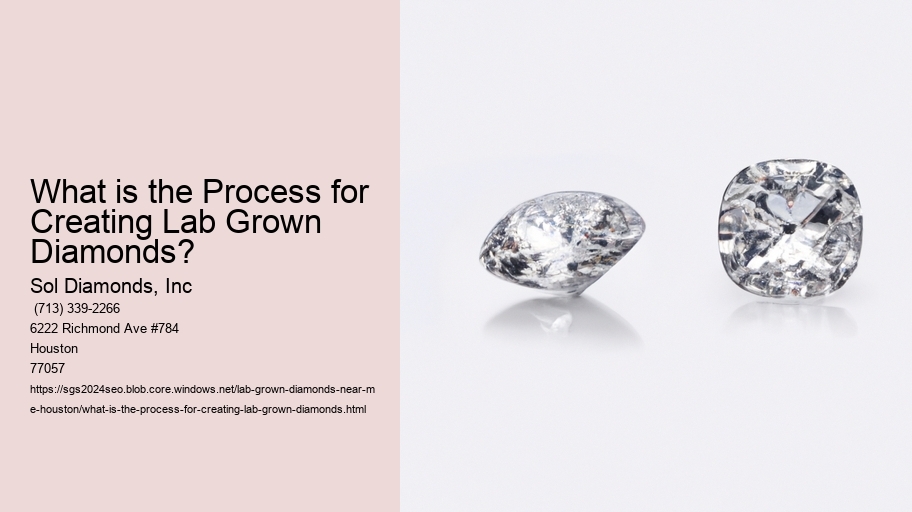Creating lab-grown diamonds, also known as synthetic diamonds, is a fascinating process that's both complex and intriguing. What is the Difference Between Lab Grown and Natural Diamonds? . It's not something that happens overnight, and it's certainly not as simple as one might think. Let's dive into the details without getting overly technical, so you can appreciate how these gems are crafted.
First off, there are two main methods for creating lab-grown diamonds: High Pressure-High Temperature (HPHT) and Chemical Vapor Deposition (CVD). Each has its own set of steps and intricacies, but neither is a walk in the park.
The HPHT method is one of the oldest techniques and, as the name suggests, involves subjecting carbon to high pressure and high temperature. It's not like you can just toss some carbon in a machine and call it a day. Oh no, it's much more involved than that. The process starts with a carbon source and a small diamond seed. These are placed in a chamber where temperatures can soar to around 1,400 degrees Celsius and pressures can reach up to 5 GPa. That's a lot of heat and pressure! Under these extreme conditions, the carbon atoms start to crystallize around the seed, forming a diamond.
Now, don't think for a second that the CVD method is any simpler. In fact, it's quite the opposite. CVD stands for Chemical Vapor Deposition, and it's a process that relies on a gas mixture, usually methane and hydrogen, to grow diamonds. The gas is introduced into a chamber and then subjected to high temperatures. Here's where it gets interesting: the gas breaks down, and carbon atoms start to deposit on a diamond seed, layer by layer. It's like watching a diamond grow in slow motion, which, let's be honest, is pretty cool.
Neither of these methods is foolproof, and each has its own set of challenges. For instance, HPHT diamonds can sometimes have metallic inclusions due to the high-pressure environment. On the other hand, CVD diamonds might contain some gas impurities. But hey, nothing's perfect, right?
Quality control is a crucial part of the process. Scientists and technicians constantly monitor the growth of these diamonds to ensure they meet the desired standards. They use various techniques to check for any imperfections or irregularities. It's not just about growing a diamond; it's about growing a diamond that can stand up to the scrutiny of experts.
One might wonder, why go through all this trouble when natural diamonds are available? Well, for one, lab-grown diamonds are generally more affordable. They're also seen as more ethical and environmentally friendly since they don't involve mining. Plus, they're chemically and physically identical to natural diamonds. You'd be hard-pressed to tell the difference without specialized equipment.
In conclusion, creating lab-grown diamonds is a meticulous process that combines science and art. It involves high-tech machinery, extreme conditions, and a lot of expertise. It's not something you can just wing, and it's certainly not for the faint of heart. But when done right, the result is a beautiful, ethical, and often more affordable alternative to natural diamonds. So, the next time you see a sparkling diamond, whether natural or lab-grown, you'll know there's a lot more to it than meets the eye.
